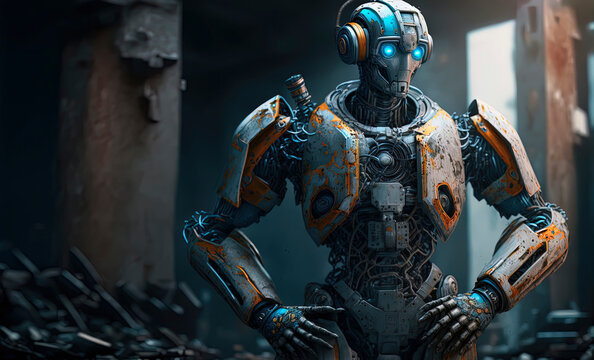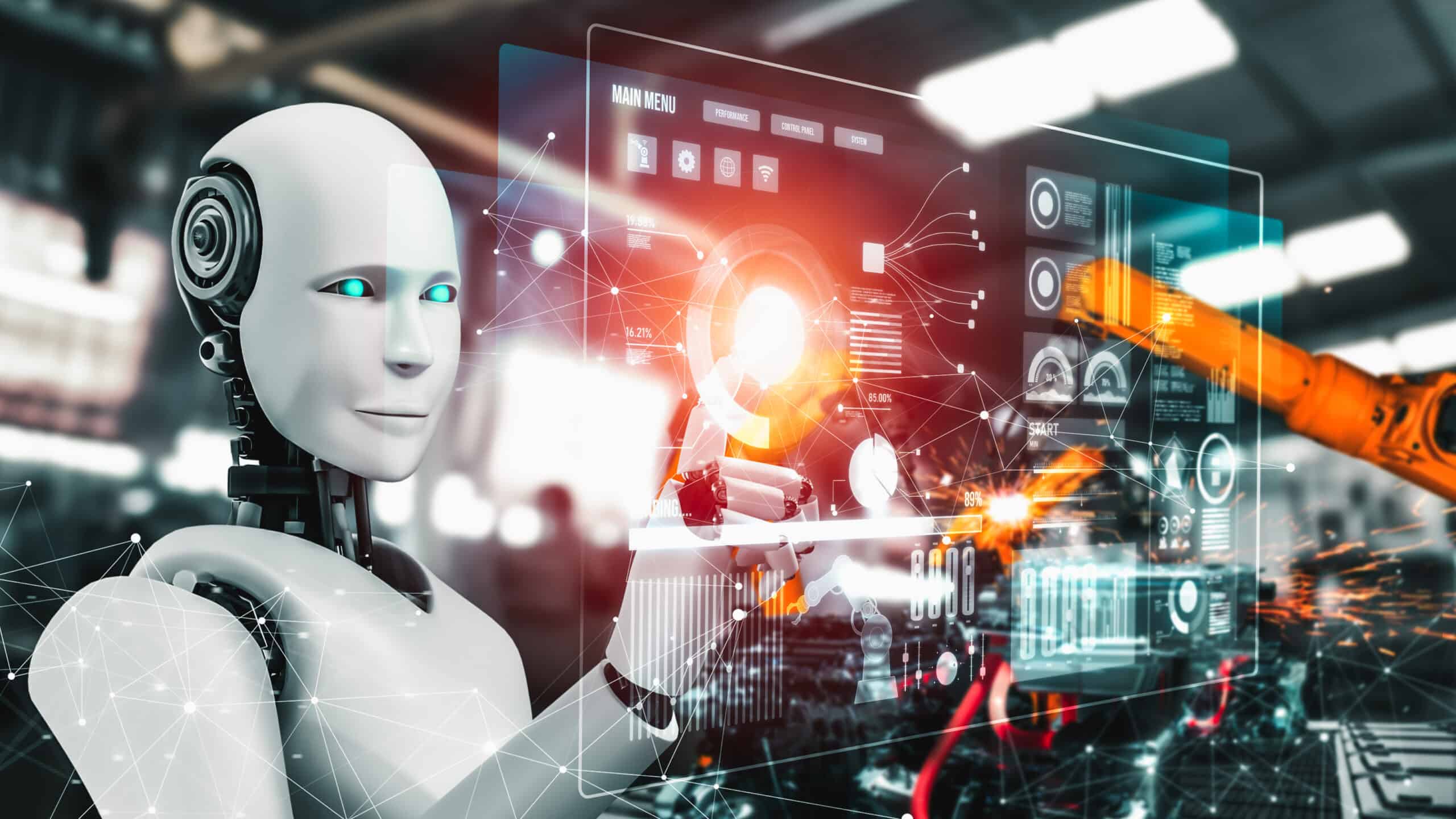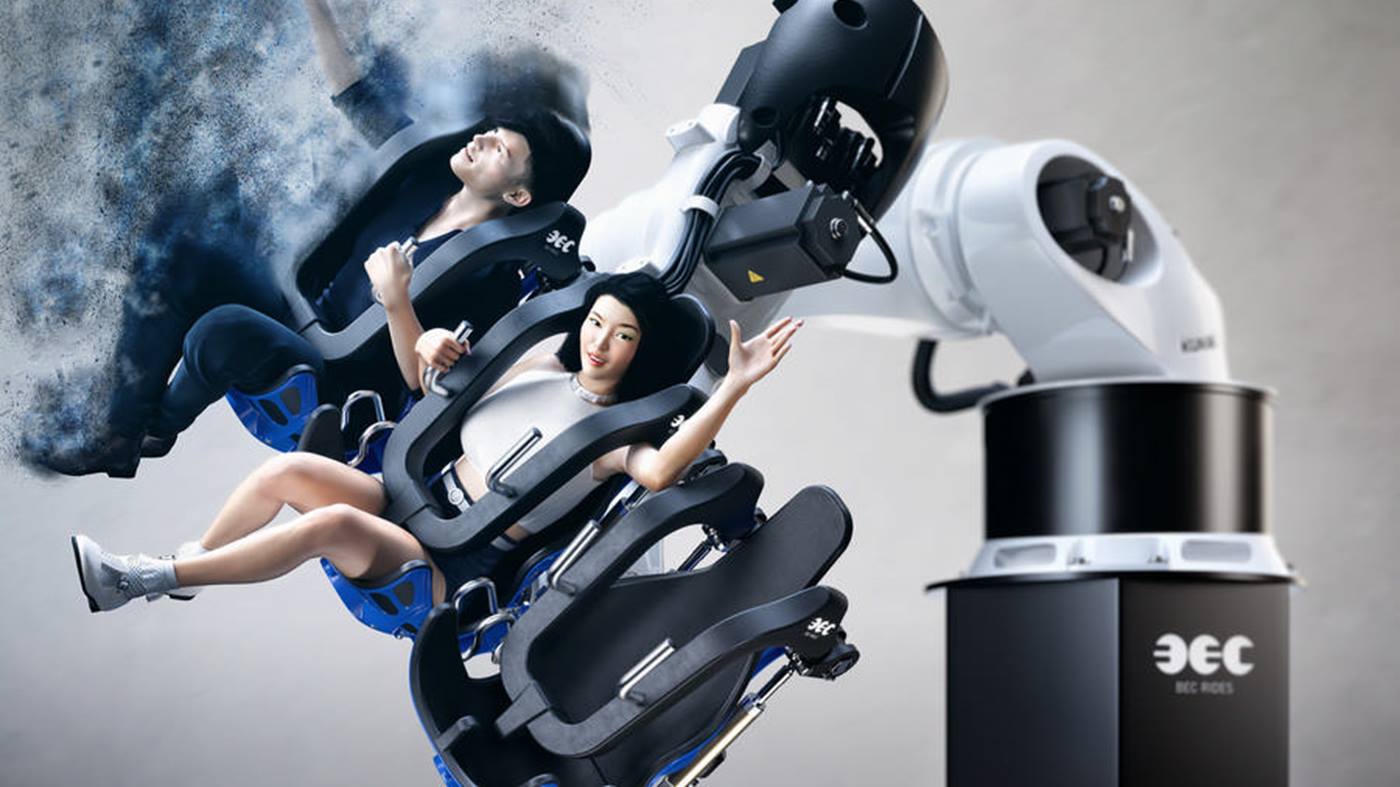What is Robotics?
What is robotics?
Robotics is the field of science and technology that deals with the design, construction, operation and application of robots. Robots are machines that can perform tasks automatically or semi-automatically, usually by following a set of instructions.
History of Robotics?
The history of robotics can be traced back to the ancient Greeks, who created the first mechanical devices. However, the modern field of robotics really began in the 1940s with the development of the first electronic computers. Since then, robotics has seen rapid growth, and robots are now used in a wide variety of industries, including manufacturing, healthcare, and entertainment.
Different types of Robots
There are many different types of robots, each with its own unique purpose. Some of the most common types of robots include:
Industrial robots are used in manufacturing to automate tasks such as welding, painting and assembly.
Service robots are used to provide assistance to humans in a variety of settings, such as hospitals, homes, and businesses.
Military robots are used in combat and other military applications.
Amusement robots are used in amusement parks, museums and other entertainment venues.
Future of Robotics
The future of robotics is bright. As technology continues to advance, robots will become more sophisticated and capable. They will be able to perform a wider range of functions, and they will become more integrated into our everyday lives.
Robotics Applications
Robots are already being used in a wide variety of industries, and their applications are only going to increase in the future. Some of the most promising applications of robotics include:
Production.
Robots are already used in manufacturing to automate tasks such as welding, painting and assembly. As robots become more sophisticated, they will be able to perform even more tasks, and they will help make manufacturing more efficient and productive.
Health care.
Robots are being used in health care to perform a variety of tasks, such as providing physical therapy, assisting in surgery, and delivering medication. As robots become more sophisticated, they will be able to provide even more assistance to health care professionals, and they will help improve patient care.
Education.
Robots are being used in education to provide interactive learning experience to the students. Robots can be programmed to teach students about various subjects, and they can also help students develop their problem-solving and critical thinking skills.
Entertainment.
Robots are being used in entertainment to provide a variety of experiences to people of all ages. Robots can be used to entertain people in amusement parks, museums, and other places. They can also be used to provide support to people who are lonely or isolated.
Robotics Challenges
Although robotics has many potential benefits, there are also some challenges that need to be addressed. Some of the biggest challenges facing robotics include:
Security.
Robots need to be safe to work around humans. This means that they need to be able to detect and avoid obstacles, and they need to be able to react to unexpected events.
Policy.
As robots become more sophisticated, it is important to consider the ethical implications of their use. For example, should robots be used in combat? Should robots be used to replace human jobs?
Regulation.
As robots become more widespread, it is important to develop regulations that govern their use. These regulations must ensure that robots are safe and are used ethically.
Conclusion
Robotics is a rapidly growing field that has the potential to revolutionize many industries. However, there are also some challenges that need to be addressed before robots can reach their full potential. By addressing these challenges, we can ensure that robots are used safely, ethically and responsibly.
I hope this blog post has given you a basic introduction to robotics. If you are interested in learning more, there are many resources available online and in libraries.






Comments
Post a Comment